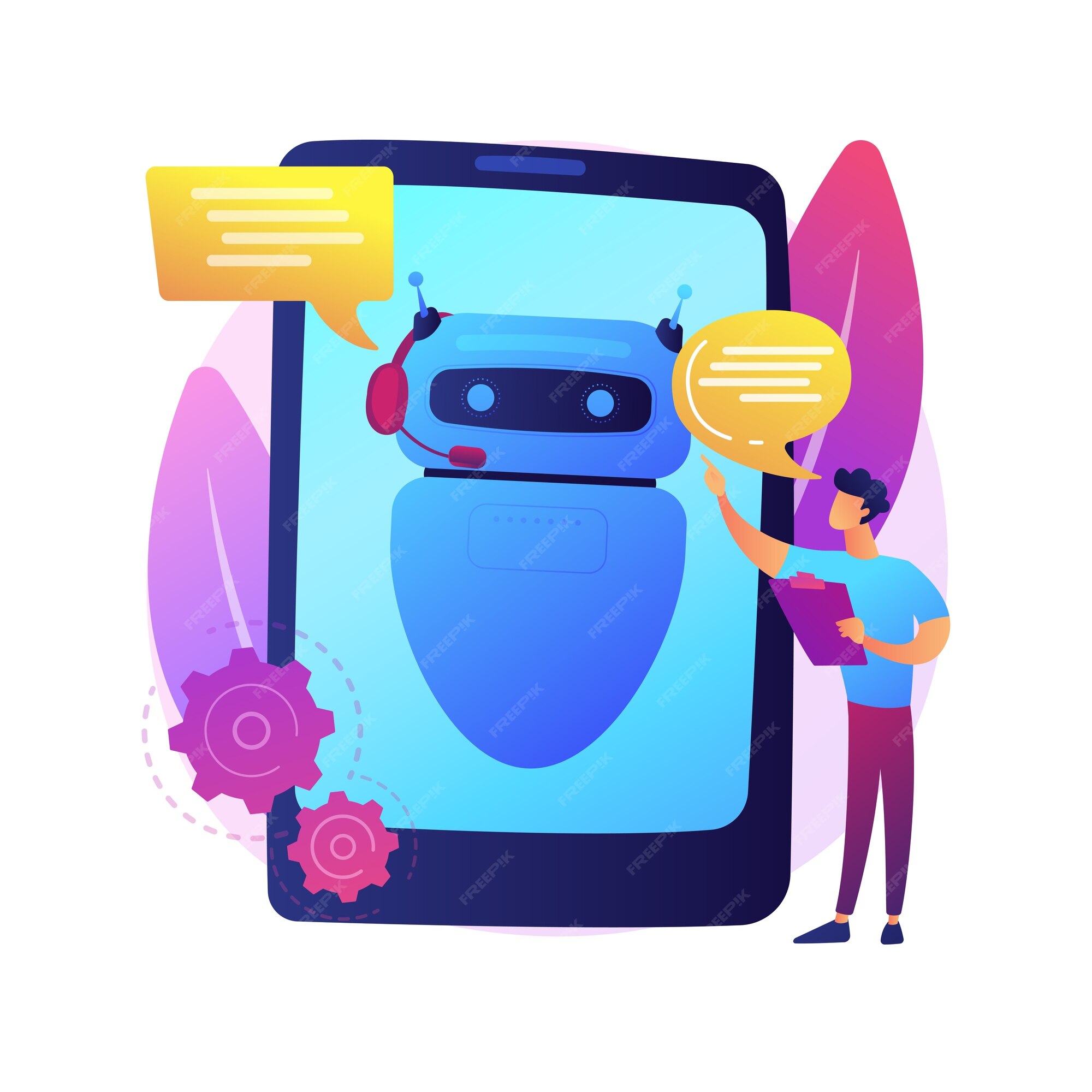The Evolution of Human-Machine Interaction

Human-Machine Interaction (HMI) has become an essential aspect of modern technology, allowing humans to interact with machines in various ways. The history of HMI dates back to the early days of computing when the first computers required users to program them by connecting cables on a patch board. Over time, the development of user interfaces (UI) led to more diversity in the way humans interacted with machines. This article will explore the evolution of HMI, including its early beginnings, the development of UI, and the current state of the discipline.
The First Interaction between Man and Machine
The history of HMI can be traced back to the early days of computing. In the 1940s, the first computers were designed to calculate missile trajectories and ballistics tables during World War II. These early computers required users to program them by connecting cables on a patch board. The process was cumbersome and required a high level of technical skill.
Later, a less cumbersome UI was possible in the shape of punch tapes or cards that were used as in- and output. The development of computer screens with the possibility of displaying text opened the way for more diversity in the UI, allowing the user to interact with the computer using a command-driven or menu-driven interface.
The Development of User Interfaces
The development of the UI was a significant milestone in the evolution of HMI. It allowed humans to interact with machines in a more natural way, making the technology more accessible to a broader audience. The first UIs were command-driven interfaces, where users had to enter specific commands to get the computer to perform certain tasks. Later, menu-driven interfaces were developed, which provided users with a more visual way of interacting with the computer.
The development of graphical user interfaces (GUIs) was another significant milestone in the evolution of HMI. GUIs allowed users to interact with the computer using icons, menus, and windows, which made the technology more intuitive and user-friendly. The first GUI was developed by Xerox PARC in the 1970s, and it was later adopted by Apple for the Macintosh computer.
The Current State of Human-Machine Interaction
The current state of HMI is characterized by the use of advanced technologies such as artificial intelligence (AI), virtual reality (VR), and augmented reality (AR). These technologies are transforming the way humans interact with machines, making the experience more immersive and intuitive.
AI has become an essential aspect of HMI, allowing machines to learn from human behavior and adapt to users' needs. AI-powered chatbots, for example, are becoming increasingly popular in customer service, providing users with a more natural way of interacting with companies.
VR and AR are also transforming the way humans interact with machines, providing users with a more immersive experience. VR allows users to enter a virtual world, while AR overlays digital information onto the physical world. These technologies are being used in various industries, such as gaming, education, and healthcare, to provide users with a more engaging and interactive experience.
The Future of Human-Machine Interaction
The future of HMI is exciting, with the potential to transform the way humans interact with machines in ways we can't yet imagine. One of the most promising areas of development is brain-computer interfaces (BCIs), which allow users to control machines using their thoughts. BCIs have the potential to revolutionize the way we interact with technology, making the experience more natural and intuitive.
Another area of development is the Internet of Things (IoT), which involves connecting everyday objects to the internet, allowing them to communicate with each other and with humans. IoT has the potential to transform the way we live and work, providing us with new ways of interacting with our environment.
Conclusion
The evolution of HMI has been a fascinating journey, from the early days of computing to the current state of AI, VR, and AR. The development of UI has been a significant milestone in making technology more accessible to a broader audience. The current state of HMI is characterized by the use of advanced technologies such as AI, VR, and AR, which are transforming the way we interact with machines. The future of HMI is exciting, with the potential to revolutionize the way we interact with technology and with each other.
PRIMARY KEYWORD: Human-Machine Interaction SECONDARY KEYWORDS: UI, AI, VR, AR, BCI, IoT Additional Information: None Tone of Voice: Informative and engaging

Comments
Post a Comment